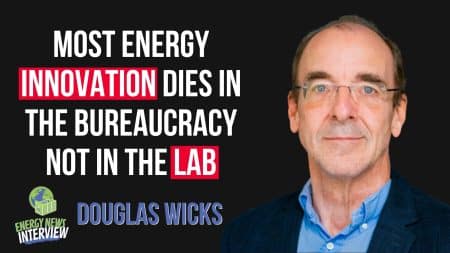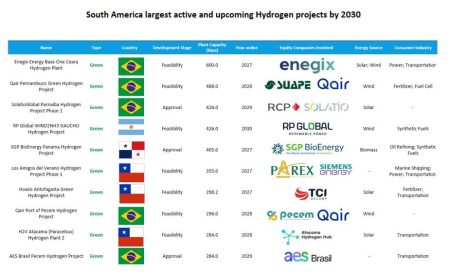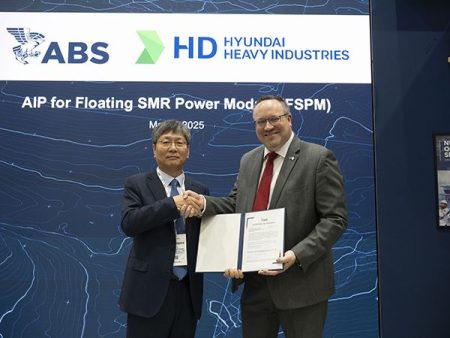Porsche, renowned for its high-performance sports cars, has made a substantial investment in Chilean e-fuel production.
E-fuel, an innovative replacement for gasoline and diesel, has caught the attention of prominent automakers seeking alternatives to maintain the unique character and performance of their vehicles. This article explores the goals, technology, potential impact, and challenges surrounding e-fuel, highlighting its compatibility with existing engines and its potential as a bridge between combustion engines and electric vehicles.
E-fuel is produced by combining carbon dioxide extracted from the atmosphere or captured at refineries with hydrogen generated through electrolysis of water. The resulting fuel offers internal combustion vehicles a cleaner option without requiring extensive engine modifications. It aims to achieve nearly the same level of cleanliness as electric vehicles, providing a potential solution for automakers struggling with the limitations of battery-electric powertrains.
Luxury automakers like Porsche, Ferrari, and others are considering e-fuels to preserve the performance and character of their sports and exotic cars. Battery packs, limited driving ranges, and long recharging times pose challenges for these automakers, making e-fuel an attractive option to maintain the appeal of their high-performance vehicles.
While automakers affirm the compatibility of e-fuel with existing engines, refiners face the challenge of developing cost-effective production methods that can rival gasoline. According to studies, e-fuel’s current cost could exceed $11 per gallon. Refining companies, including Shell, Exxon, and Aramco, are actively engaged in the development of e-fuels, striving to overcome cost barriers and achieve large-scale production.
Automakers acknowledge the advantages of combustion engines in larger vehicles, such as towing capacity and long-range capabilities. E-fuel offers a potential bridge to electrification, allowing automakers to continue producing heavy-duty pickups and SUVs while reducing emissions. General Motors recently announced significant investments in internal combustion-powered vehicles, indicating their commitment to both low-carbon fuels and the electrification of their light-duty fleet.
The widespread availability of e-fuel at public stations requires refining processes at a comparable cost to gasoline, addressing water scarcity, and ensuring renewable electricity sources. Bentley CEO Adrian Hallmark expresses caution about achieving net-zero carbon emissions within an acceptable timeframe. Despite the challenges, e-fuel’s compatibility with existing infrastructure and minimal engine modifications make it an attractive option while transitioning to electric vehicles.
E-fuel aims to be a carbon-neutral fuel, meaning the CO2 produced during its production and transportation must be offset by the CO2 it helps reduce. Renewable electricity sources, such as wind turbines, solar panels, or hydroelectric dams, play a crucial role in achieving this goal by providing the necessary energy for hydrogen separation.
Gaseous hydrogen produced using renewable sources is another potential clean fuel for internal combustion engines. While burning gaseous hydrogen requires minimal engine modifications, its lower energy density remains a drawback. However, hydrogen fuel cells offer a viable option for larger trucks, providing towing capabilities suitable for heavy-duty pickups.
E-fuel presents a promising alternative for internal combustion engines, allowing automakers to maintain the performance and character of their vehicles while reducing emissions. Despite challenges in production, cost, and achieving carbon neutrality, e-fuel offers compatibility with existing infrastructure and minimal engine modifications. As automakers continue their transition to electric vehicles, e-fuel serves as a bridge and a potential solution for larger vehicles that rely on the advantages of combustion engines. The development and adoption of e-fuel could shape the future of the automotive industry, offering a cleaner and more sustainable pathway.








